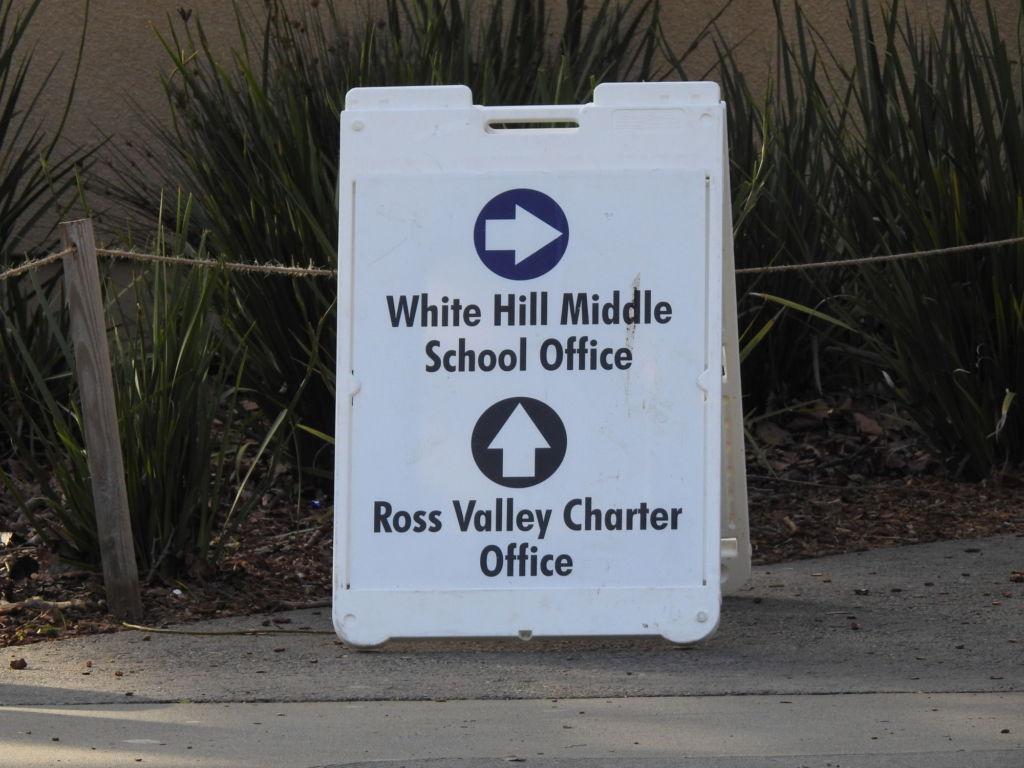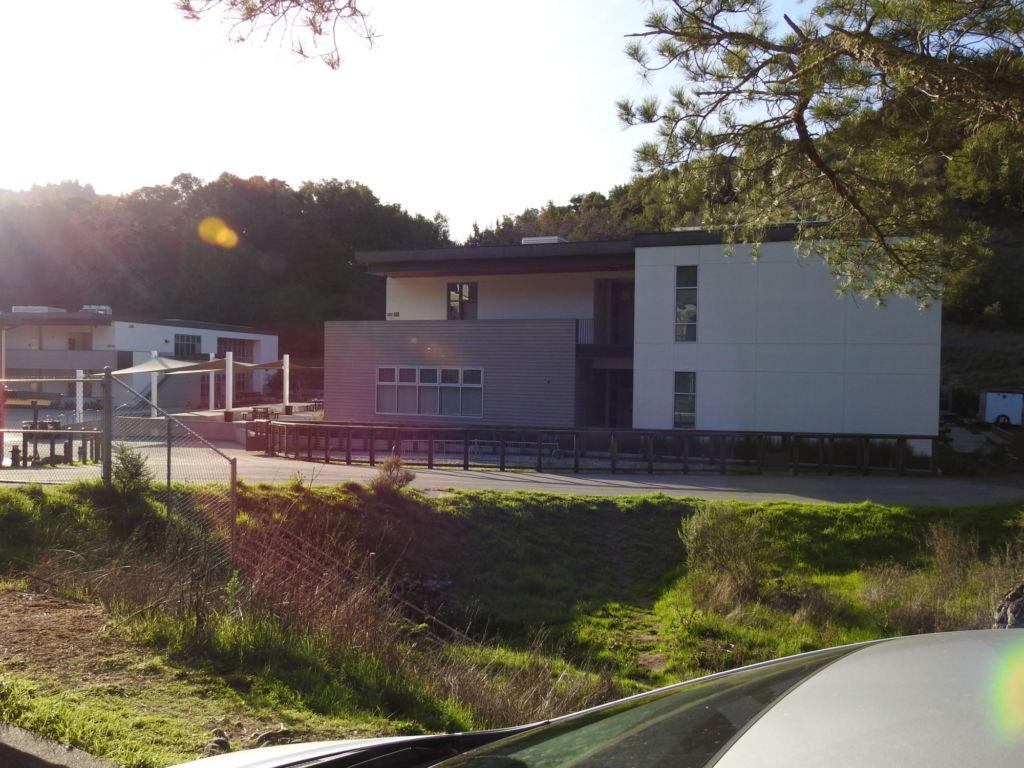Although Proposition 39 has been in effect in California for almost 15 years, controversy has just begun to spill over in Marin. The purpose of the proposition is to reduce the percentage of votes needed by a school board to pass bond measures, but it also states that public schools are required to share classrooms with neighboring charter schools if space is requested.
That second part of the plan is now starting to attract attention, as the Ross Valley Charter School (RVC) has moved into nine classrooms at its adjacent public contemporary, White Hill Middle School. According to Darren Smith, a Mill Valley public school teacher and member of STAND (a grassroots organization that opposes RVC), some local parents and school officials have become worried about possible overcrowding, among other issues.

“I think the people behind the Ross Valley Charter School have really good intentions, but we’re already seeing negative impacts that are very tangible and real. It has really caused an impact at White Hill,” Smith said. “Teachers have no place to go collect their thoughts.”
With 20 years of teaching experience, Smith is passionate about the subject of public schooling and sees charter schools as a roadblock to higher education.
“Charter schools, in general, have become a tool by which public education is dismantled,” Smith said. “Public schools are going to be strongest when you have more people invested and more people working to a common goal to be the best they can be.”
Angela Barker, a member of STAND and mother of junior Adam Barker, said that conditions at White Hill have become dire due to RVC’s presence.
“It’s a disaster for White Hill,” Barker said. “They’ve taken over half of the sixth grade building.”
On Jan. 2, charter board chairwoman Sharon Sagar released a letter following RVC’s rejected enrollment projections, which were meant to outline how much space would need to be allocated for RVC. RVC and the Ross Valley School District must come to an agreement about allocating space for the charter before April 1, when the district makes its final decision.
“There are too many steps that have to happen before then,” Sagar said in the letter. “The district’s objections are not reasonable or substantiated, nor are they consistent with the express provisions, purpose and intent of Proposition 39.”
Smith said the addition of RVC students to White Hill facilities deeply affects the entire school, from students to teachers, and said that teachers might seek work elsewhere if working conditions don’t improve from their current state.

“The teachers feel it more than the students,” Smith said. “Personally, I’m more concerned we’re going to see teachers leaving.”
Sagar also spoke at a meeting on Jan. 9 to address some of the major questions surrounding the charter. She stated that while RVC originally wanted to open in the district’s Red Hill building in San Anselmo or other possible undisclosed locations, those requests were turned down.
“We didn’t ask to be on this campus,” Sagar said. “We had no other option, so we just decided to open and to make the best of it.”
All in-school problems set aside, Smith also sees this situation having adverse effects outside campus grounds.
“Long term, it’s a drain on financial resources and something that we’re going to have to negotiate every year,” Smith said.
Sagar also penned a letter on Dec. 8 in response to the district’s anger over space allocations, stating the charter had a “simple solution.” She proposed adding another classroom onto the existing eight being shared with RVC, a request that was ultimately accepted. In addition, Sagar pointed out future legal battles as unnecessary and avoidable.
“RVC would rather spend its money on students and our educational program than on lawyers, and we imagine RVSD would prefer that as well,” Sagar said in the letter. “With that
goal in mind, RVC proposes a simple solution that we believe is in the best interests of both parties, and we’d like to meet with you to discuss this or other solutions.”
Regarding possible solutions to the current dilemma, Smith explained that it won’t be a simple patch job.
“It’s sad to say this, but I feel like when they decided to file for Prop. 39 and force the district to give them space, that was kind of the nuclear option,” Smith said. “You can’t drop a bomb like that and then expect there to be

a conversation.”
Barker said that STAND has tried to alleviate some of the strains caused by the situation through different means, but that none have been successful.
“They don’t have the community support. We had a petition stating we are against the charter get 1,500 signatures and go to the State Board of Education,” Barker said. “We’ve even personally gone seven, eight times to the Board of Education to make public statements and they’re not responsive.”
STAND remains committed to combating RVC’s presence in Fairfax, and Smith affirmed that their work isn’t done.
“There’s no place for a charter in this school district and we’re not just going to accept it as something that has to be,” Smith said.







